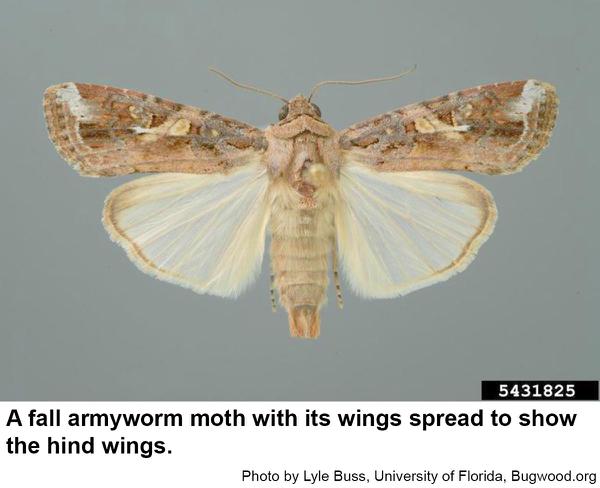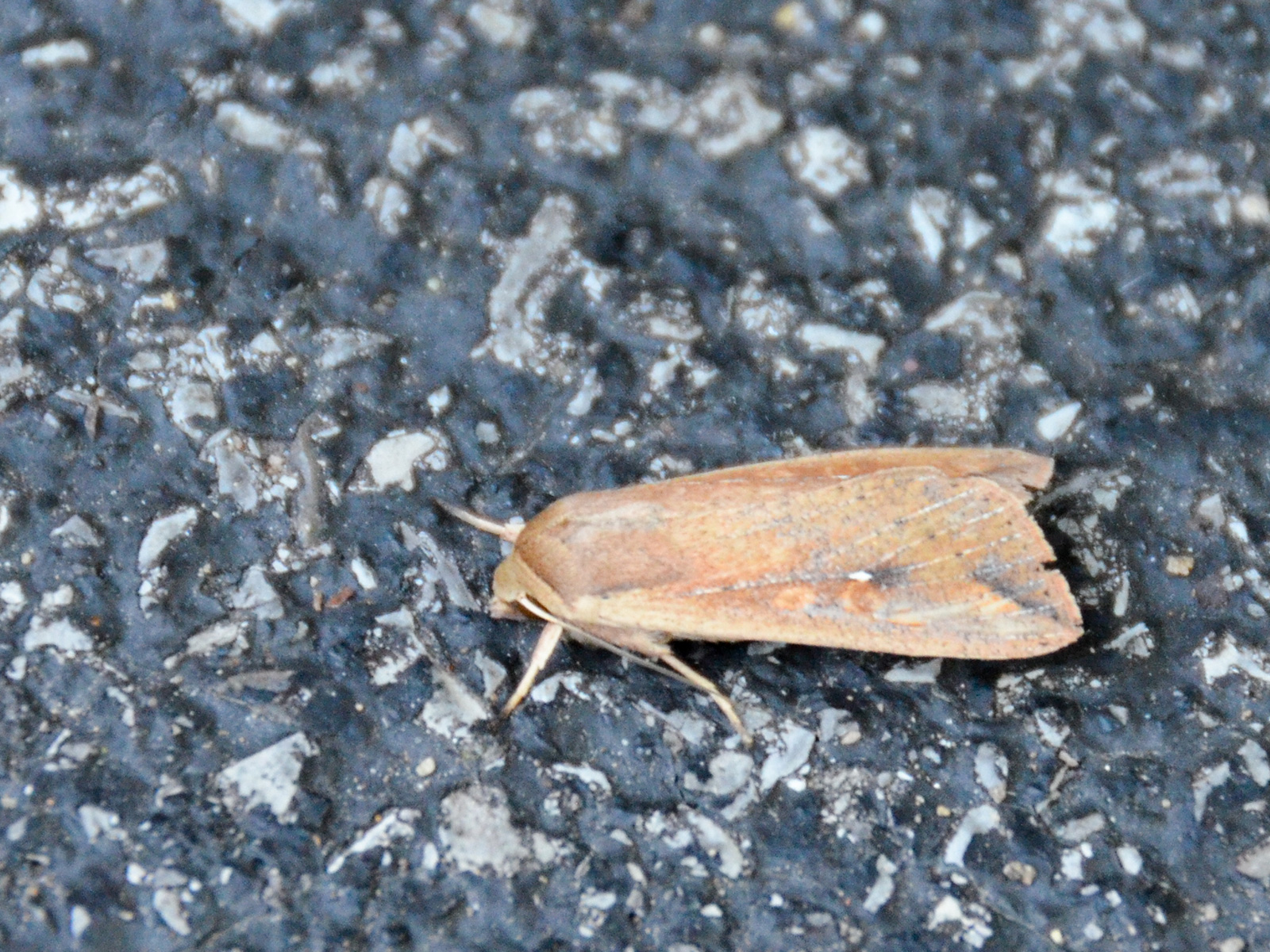

They are considered nearly impossible to control through normal pest extermination techniques because a new batch shows up every day as they migrate.

They return as the weather cools but in smaller numbers. The miller moth is a seasonal nuisance in the spring in states including Texas, Oklahoma, Colorado, Wyoming, New Mexico, and Kansas, as they hatch in the low-lying farmlands, then migrate to higher elevations for the summer. Intermountain West, army cutworms consume exotic cheatgrass ( Bromus tectorum) and mustards to produce cheatgrass "die-offs." Within these bare areas, the larvae also defoliate native shrubs including four-wing saltbush ( Atriplex canescens) and sagebrush ( Artemisia spp.). On dry, low elevation rangelands of the U.S. Larvae feed above ground at night and usually hide in soil during daylight, but will also feed on cloudy days. This book targets a wide audience of entomologists, biologists, ecologists, zoologists, teachers, and students.These native North American larvae consume emerging small grains, alfalfa, and canola in the southern Great Plains and southern Canada. In addition, feeding behavior, phytochemicals, hostplant preferences, and neurophysiological responses of sensory organs involved in peripheral gustatory coding are covered. Attention is paid to the morphology of specific sensory organs involved in feeding with reference to gypsy moth caterpillars, Lymantria dispar. The last chapter highlights the importance of how the sense of taste plays a key role in the feeding behavior of caterpillars. The presence of these silk proteins is critical in allowing the pupae to endure and survive harsh environmental conditions and has served in the medical field in the manufacturing of suture materials, as well. The fourth chapter covers the importance of two types of proteins found in the cocoons of the Indian Tasar silkworm, Antheraea mylitta. The second chapter focuses on the employment of RNAi technology as a molecular tool applied in controlling lepidopteran crop pests. The authors discuss current management practices as well as their limitations. Both insect pests are responsible for crop losses valued at millions of dollars annually. The first and third chapter examine pest management strategies for controlling the fall armyworm, Spodoptera frugiperda, and the codling moth, Cydia pomonella. This book provides contributions on various topics pertaining to moths and caterpillars written by experts in their respective fields.



 0 kommentar(er)
0 kommentar(er)
